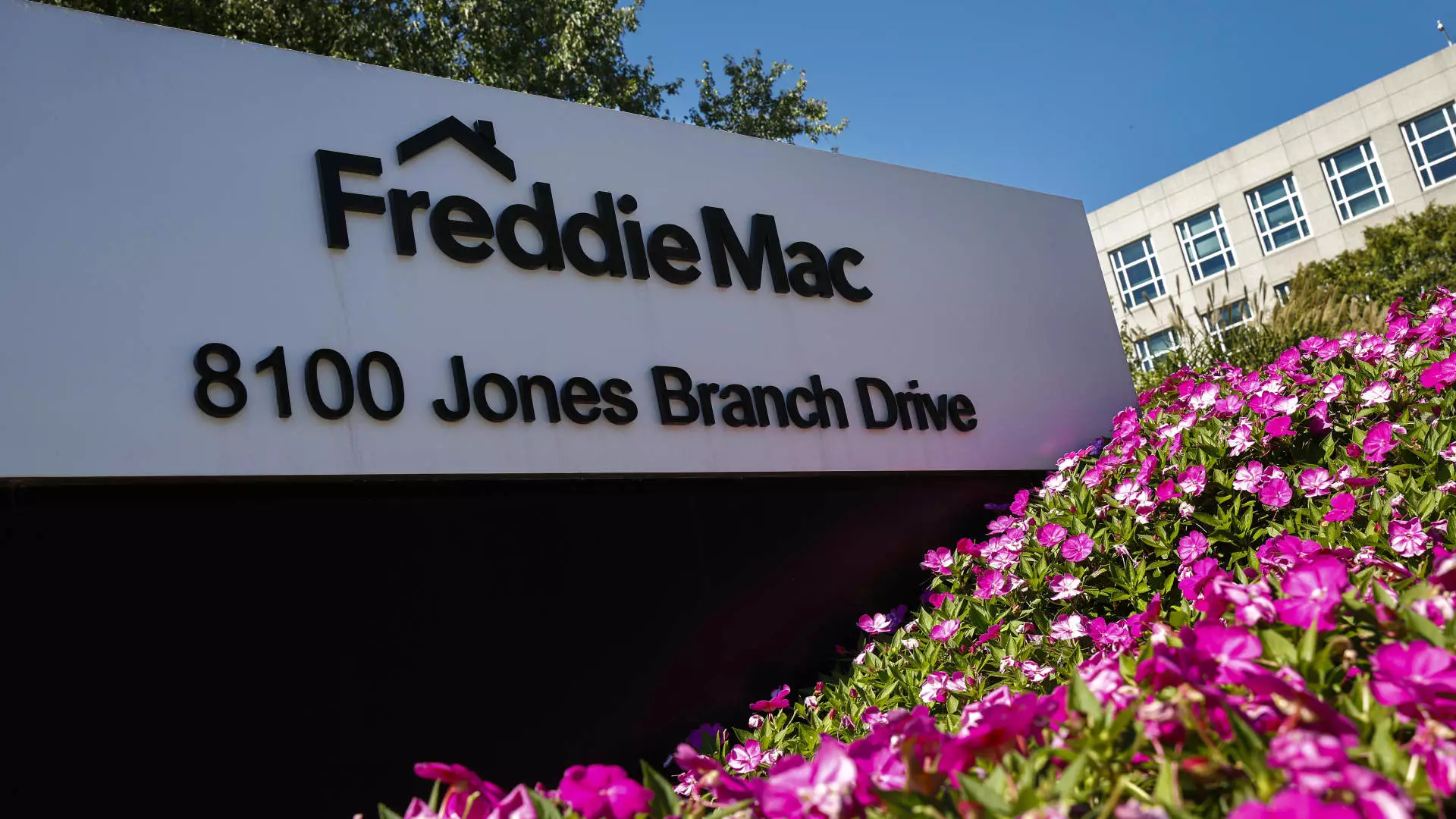In a defining moment for the U.S. housing finance system, the Federal Housing Finance Agency (FHFA) has mandated that Fannie Mae and Freddie Mac begin to factor cryptocurrency into their mortgage loan risk assessments. This directive, penned by FHFA Director William J. Pulte, marks a transformative juncture, enabling cryptocurrency to find a place within the very heart of American home lending. The mere acknowledgment of digital currency as a viable asset within conventional finance signals a profound shift away from traditional perceptions of stability and risk.
Embracing the Future of Finance
The decision aligns closely with the broader ambitions of the Trump administration, emphasizing a vision to position the United States as the world’s leader in cryptocurrency innovation. While the traditional financial establishment has often been skeptical regarding the merits of digital currencies – primarily due to their notorious volatility – this directive reflects a growing acknowledgment of crypto’s potential as a legitimate asset class.
For decades, cryptocurrencies have been sidelined in underwriting processes, often dismissed as too unpredictable to be factored into loan eligibility. However, this new directive signals a progressive shift, emphasizing that cryptocurrency can be incorporated into family finances without the onerous requirement of converting these digital holdings into fiat currency before loan finalization.
Risk Management and Regulatory Adaptation
Importantly, the FHFA has placed parameters around this asset integration, limiting it to digital currencies maintained on U.S.-regulated exchanges, which is critical for risk management and maintaining the integrity of the financial system. Given cryptocurrency’s history of market upheaval, the requirement to develop robust internal controls around these assets reflects a cautious yet open-minded approach to incorporating digital currency into mainstream finance.
The directive also emphasizes that Fannie Mae and Freddie Mac must take market volatility into account, ensuring that any assessment of risk is both realistic and adaptable to the mutable nature of cryptocurrencies. This meticulous approach is essential for protecting the interests of borrowers and maintaining stable lending practices, yet it also presents an exciting opportunity to redefine asset valuation in a digital age.
A Closer Look at Wealth Building
“Cryptocurrency is an emerging asset class that may offer an opportunity to build wealth outside of the stock and bond markets,” states the directive. This particular sentiment underscores a larger trend where households are increasingly diversifying their financial portfolios beyond traditional assets. The potential for cryptocurrency to be recognized as an important and stable asset could empower millions to rethink their financial strategies.
In a time when the stock market can often feel volatile and unreliable, and bonds yield disappointingly low returns, the emergent role of cryptocurrencies could very well provide new pathways for financial growth and security – not only reshaping individual wealth strategies but also revolutionizing how we perceive financial lifelines.
In the ever-evolving landscape of finance, the integration of cryptocurrencies into the foundation of home lending represents a bold leap toward modernity. This directive stands as not just a regulatory change, but a broader acknowledgment of the need to innovate within American financial infrastructure. It’s a cautious embrace of a tumultuous but exciting frontier, reflecting a desire to cultivate stability within an evolving economic landscape.

